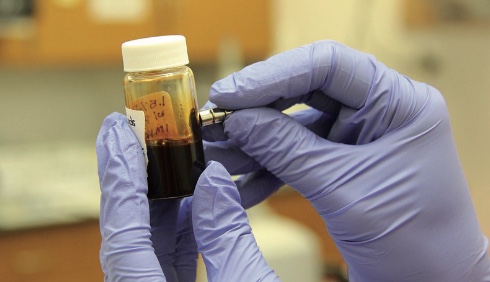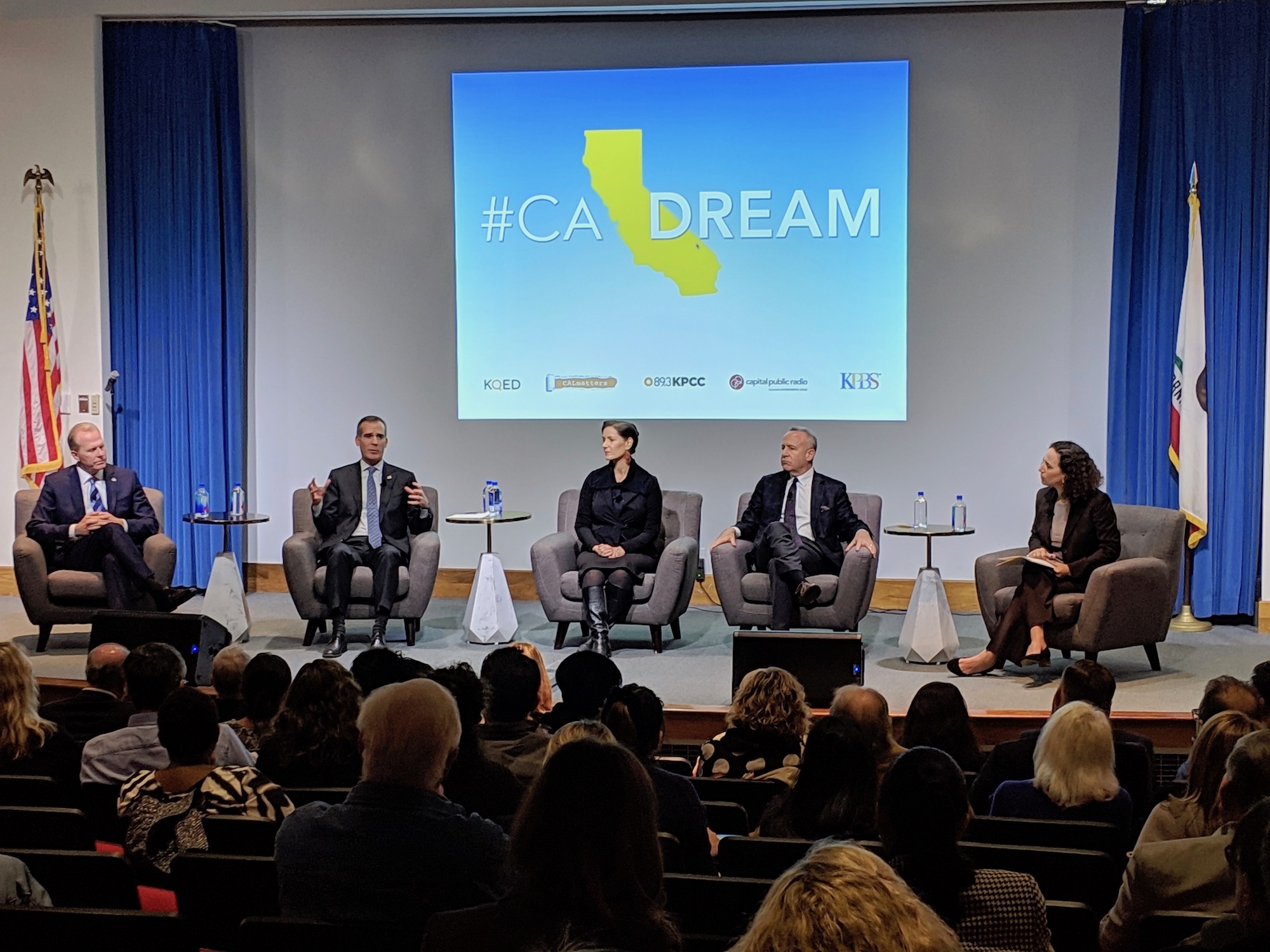Daily Business Report-Aug. 4, 2017
San Diego’s research institutions have a $4.6 billion economic impact and are at the center of the region’s $14.4 billion scientifc R&D cluster.
San Diego Innovation Economy:
$60 Billion in Sales, 150,000 Workers,
Startups Up Almost 20 Percent
San Diego’s innovation economy companies directly generate more than $60 billion in sales, employ more than 150,000 workers, and provide $18 billion in payrolls annually, according to the CONNECT Innovation Report released Thursday.
The direct economic contribution to San Diego’s economy is more than $28 billion, accounting for more than 13 percent of the regional economy or gross domestic product (GDP), estimated to be $220 billion. Including indirect and induced impacts results in a $57 billion impact, or 26 percent of San Diego’s estimated GDP.
Including indirect and induced jobs impact, the multiplier efect on jobs is 2.7 — this means for every technology job, another 2.7 jobs are dependent or created.
2016 was also a high watermark for innovative startup creation in San Diego
– the number of companies established in 2016 was up almost 20 percent from the 405 startups established in 2015.
The average number of innovation startups established between 2005 and 2012 was slightly more than 300 per year. The average number of innovation startups jumped to 440 per year for the period 2013 through 2016, driven by an increase in new software companies.
Software startups made up almost 60 percent of San Diego County’s new innovation startup companies established in 2016 with 280 new software companies created, ranking 5th in California. Life sciences startups established in 2016 totaled 95 companies – a historical high for San Diego County. San Diego ranked 1st in California in the number of life sciences startups established in 2016 and 2015. Life sciences startups created more than 350 new jobs in 2016.
Carlsbad, Sorrento Valley, Downtown, La Jolla, and Carmel Valley were the hotspots for new innovation company startup creation over the past three years. Sorrento Valley took the top spot in 2016 with 37 new startups, followed closely by La Jolla with 35 startups. Carlsbad and Carmel Valley both had 32 new innovation startups in 2016, and Downtown San Diego area saw 28 new innovation startups established. Rancho Bernardo had 20 startups in 2016 as did the San Marcos/Vista area.
The report also said that San Diego’s research institutions have a $4.6 billion economic impact and are at the center of the region’s $14.4 billion scientific R&D cluster.
Click here for the full innovation report.
_____________________
Callaway Golf Company Acquires
TravisMathew for $125.5 Million
Callaway Golf Company of Carlsbad announced it is acquiring TravisMathew LLC, a San Diego golf and lifestyle apparel company, for $125.5 million in an all-cash transaction, subject to a working capital adjustment.
TravisMathew’s net sales this year are expected to be in the range of $55-60 million, of which approximately $10-15 million will contribute to Callaway’s 2017 second half financial results assuming the transaction closes in the third quarter of 2017.
Callaway intends to finance the transaction with cash on hand and borrowings from its asset-backed credit facilities.
“We are very excited about this acquisition,” said Chip Brewer, president and CEO of Callaway. “With its golf heritage, culture of product excellence and double-digit growth in the golf and lifestyle apparel business, TravisMathew is a great fit with our business, brands, culture and our strategy to grow in areas tangential to golf.”
_____________________
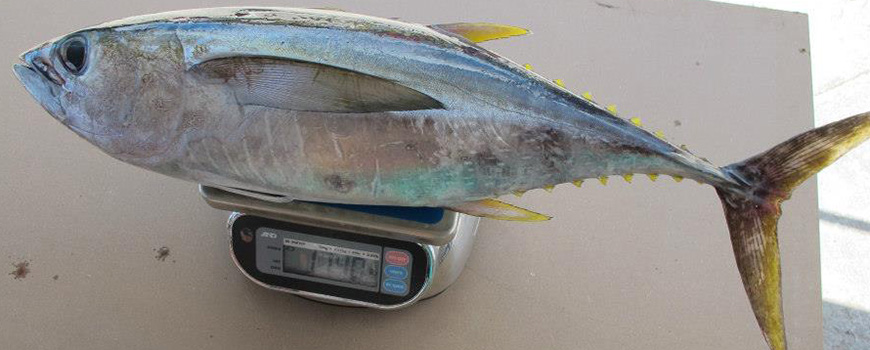
Research: Pollutant Levels in Tuna
Depend on Where They are Caught
Researchers at Scripps Institution of Oceanography at the University of California San Diego found levels of persistent organic pollutants as much as 36 times higher in the muscle tissue of yellowfin tuna caught in the more industrialized areas of the northeast Pacific Ocean and northeast Atlantic Ocean than in tuna caught in pristine waters of the West Pacific Ocean.
Persistent organic pollutants (POPs) include pesticides, flame retardants, and polychlorinated biphenyls (PCBs) – compounds previously used as a coolant in electrical equipment and components before they were banned in the United States in 1979. Despite their restricted or eliminated use, these compounds persist in the environment and ultimately accumulate in organisms, including fish and humans. POPs have a number of adverse effects in humans, including interference with the body’s defenses against foreign substances.
Most of the 117 tuna caught around the world analyzed in the study would be considered safe under current consumption guidelines, the researchers said. However, they noted that 90 percent of the tuna captured in the northeast Atlantic Ocean and more than 60 percent of those caught in the Gulf of Mexico contained pollutant levels that would have triggered health advisories for regular consumers and people at risk, including pregnant and nursing women or people with compromised immune systems.
The authors also found levels of a specific subset of these pollutants that is known to impair the human body’s defense system against chemicals and toxins. This group of pollutants is known as Transporter Inhibiting Compounds (TICs). Surprisingly, TICs were present in all tuna with the highest levels again detected in the most contaminated sites.
“Surprisingly, only a few types of pollutants detected in tuna had regulatory information available to calculate meal recommendations,” said Scripps postdoctoral researcher Sascha Nicklisch, who led the study. “An important issue raised by the study is how to guide science and policy on possible hazards associated with these chemicals in our food sources.”
The study appears in the July issue of the journal Environmental Health Perspectives, which is published by the National Institute of Environmental Health Sciences.
_____________________
Airport Authority Completes $291M Bond Sale
to Pay for Parking Plaza, Int’l Arrivals Facility
The San Diego County Regional Airport Authority completed a major bond sale whose proceeds will cover construction costs of the Terminal 2 Parking Plaza and international arrivals facility slated to open in 2018. On July 18, more than $291 million in Subordinate Airport Revenue Bonds were issued, during which the Airport Authority earned the lowest interest rate the organization has ever attained. Proceeds from the sale will also go toward funding vital capital improvement program projects, including airfield and terminal enhancements.
The Parking Plaza will feature three floors and include approximately 3,000 parking spaces, a net increase of nearly 1,700 spaces from the existing surface lot. With state-of-the-art parking technology, the Parking Plaza will allow motorists to find available parking spaces, reserve spaces in advance and streamline payment. The new international arrivals facility will house Customs and Border Protection and other international passenger arrival services. The facility will help accommodate increased passenger demand and improve the passenger processing experience with reduced wait times.
_____________________
Urban Land Institute Breakfast Meeting
The Urban Land Institute San Diego-Tijuana District Council Young Leaders Group will host the organization’s August breakfast meeting on Tuesday, Aug. 8 at 7:30 a.m. at the University Club atop Symphony Towers, located at 750 B Street, Suite 3400.
ULI’s program will highlight the emerging projects that are disrupting the traditional housing industry, including micro units, co-living housing models and efficient design as well as discussing market acceptance.
The program will be moderated by Rammy Cortez of Hub and Spoke Communities. Panelists include Hector Perez of De-Arc, Sidnev Muldrow of Canter Companies and Ellen Parry of Ollie.
Tickets for the program range from $40 to $70. Registration after Friday, Aug. 4 will be handled at the door and include a $10 fee.
For more information or to register, visit: https://sandiego-tijuana.uli.org/event/august-8th-breakfast/
_____________________
Former NASA Chief to Receive Scripps’
2017 Nierenberg Prize for Science
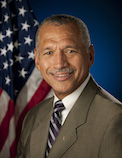
Retired U.S. Marine Corps Major Gen. and former NASA Administrator Charles Frank Bolden Jr. has been named by Scripps Institution of Oceanography as the recipient of the 2017 Nierenberg Prize. The public is invited to attend the award ceremony and a presentation from Bolden in a free event on Oct. 17 at the Robert Paine Scripps Forum for Science, Society and the Environment on the Scripps campus.
The Nierenberg Prize for Science in the Public Interest is awarded annually by Scripps Oceanography. It includes a bronze medal and $25,000, and is awarded for outstanding contributions to science in the public interest. Since the first awarding of the prize in 2001, recipients have included newscaster Walter Cronkite, primatologist Jane Goodall, and filmmaker James Cameron, among others.
Bolden served as NASA Administrator from July 2009 to January 2017. In this position, Bolden oversaw a new era of exploration focused on full utilization of the International Space Station, as well as new space and aeronautics technology development. He prepared the agency for manned space exploration beyond the moon through development of the Orion spacecraft that will carry astronauts to deep space destinations, including asteroids and Mars.
_____________________
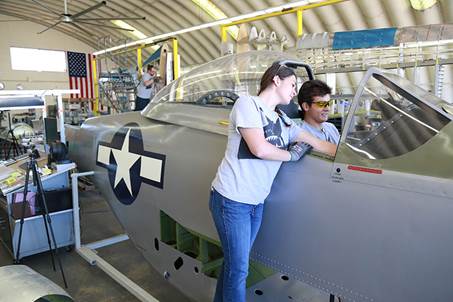
Workforce Programs at San Diego City,
Mesa and Miramar Colleges Honored
San Diego City, Mesa, and Miramar colleges are being commended by the California Community Colleges system for stellar career education programs that are yielding high employment rates and solid earnings for students completing the curriculum.
The Heating, Ventilation, and Air Conditioning (HVAC) program at City College and the Aviation Maintenance Technology program at Miramar College earned Strong Workforce Stars recognition based on surveys showing that, of those students who responded, each was able to secure a job in their field of study. San Diego Mesa College secured a Strong Workforce Star award because 79 percent of students who took part in its Fashion program are earning the regional living wage.
Strong Workforce Stars is a new, annual recognition and celebration for career education programs, also known as career technical education (CTE), whose students show significant gains in factors important for advancing social mobility, including: a substantial increase in earnings; attainment of a living wage; or securing a job closely matched with a student’s field of study.
_____________________

Personnel Announcements
David Peery to Lead Project Development
at Brummit Energy Associates

Brummitt Energy Associates announced that David Peery will lead project development for the firm in a new position that will expand the company’s services in the growing energy sustainability industry.
In his role, Peery will support marketing and business development activities and provide his expertise to Brummitt’s team of energy modeling experts on a variety of projects, including measurement and verification services.
Peery began his career as a field energy analyst for Portland Energy Conservation Inc., the country’s first energy conservation agency (now CLEAResult).
He advanced to program manager and facilitated multiple energy efficiency programs for a wide variety of commercial buildings. During this time, he chaired the Energy and Sustainability Committee for the San Diego Building Owners and Managers Association (BOMA) and received their Associate Member of the Year award in 2012.
_____________________
Elizabeth Simmons Appointed Executive
Vice Chancellor at UC San Diego
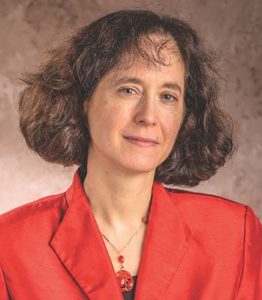
Elizabeth H. Simmons has been appointed executive vice chancellor for academic affairs at the University of California San Diego effective Sept. 18, 2017. Simmons is a highly distinguished physicist who focuses on particle theory and is a Fellow of the American Physical Society and the American Association for the Advancement of Science. She currently holds two leadership roles at Michigan State University, a public research university with a student population of more than 50,000.
Since 2017, Simmons has served as the associate provost for faculty and academic staff development at Michigan State University, leading the Academic Advancement Network, which is charged with helping all 5,500 academic employees grow as teachers, scholars and leaders across the arc of their careers. She has also held the position of dean of Lyman Briggs College – a residential college that focuses on the study of science in historical, philosophical and sociological context – since 2007.
Prior to her work at Michigan State University, Simmons held leadership positions at Boston University, which is where she began her career as an assistant professor in 1993. She was the director of the Boston University Learning Resource Network for Pre-College Outreach as well as the associate chair for undergraduate studies in the Department of Physics.

